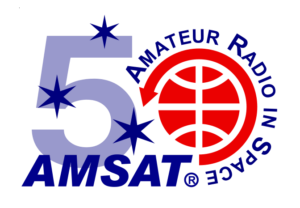There are so many aspects of Amateur Radio that capture my attention. Satellite operation is one of them. There are more than a dozen satellites “birds” in orbit now and you can pretty much fill an entire day working through them, with a few short pauses between orbits left over to deal with QSLing.
There are three fully operational FM birds (AO-91, AO-92, SO-50), and two more that should be operational soon. While these are called “Easy Sats” because simple gear, like a HT and simple beam antenna, can be used to make contacts, that makes them wildly popular. The fast paced approach to making contacts can be intimidating at times.
Far more relaxed are the “Linear Sats”, which allow the use of SSB or CW. These are know for more casual operation, long winded QSOs, and DX into Europe and the Caribbean. Currently there are nine in full operation and at least two more that will be operational soon. AO-7, the oldest of the lot, was launched in 1974. FO-29, launched in 1996, is in a higher orbit which allows DX into Europe. The equipment is a bit less ordinary, requiring an all-mode transceiver for VHF and UHF, but new gear is available (TS-2000, IC-9100, and IC-9700), and lots of used gear is out there (IC-910H, TK-790).
I’ve been active on the birds dating back to the launch of AO-7 (having caught the bug listening to AO-6), but over the past seven years, most of my activity has centered around getting ready for Winter Field Day, Summer Field Day, or Jamboree on the air. However, in the last three weeks I’ve been on the birds almost every day. I now have 10 DXCC countries confirmed, 34 States, 62 VUCC Grids, and have worked 140 different stations on various satellites.









